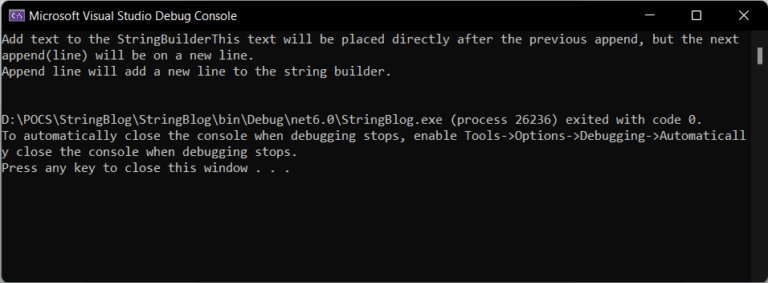One of the most common questions I’ve been asked as a teacher — and one I still see everywhere online — is: “What do I need to do to become a good C# developer?”
There’s no quick, one-size-fits-all answer. C# is a powerful language with considerable depth. Your learning speed depends on where you’re starting from. If you’ve coded before in languages like Java or Python, you’ll likely pick it up faster. If programming is brand new to you, it might feel like a steep climb at first.
That’s where this document comes in. I created this to provide a clear roadmap of the essentials: what C# is, how it works with .NET, the types of applications you can build, and the concepts and frameworks you’ll encounter along the way.
This document isn’t an in-depth course: You won’t find code tutorials here. Instead, think of it as a compass: it will point you toward the most important topics to explore next and give you the confidence to move forward without feeling overwhelmed. By the end, you’ll understand what C# and .NET are, why they matter, and where to focus your energy as you begin your learning journey.
This little document is here to give you a roadmap. It won’t turn you into a C# expert overnight (no book can!), but it will help you understand the essentials, the key terms, and the areas you should focus on as you begin your journey.
Think of it as a friendly guide to help you find your way. If, after reading, you feel ready to go deeper and actually build projects step by step, I also run a C# and .NET Boot Camp where we take these ideas and put them into real practice. But more on that later; let’s first explore what C# and .NET are all about.
Interested? Leave your name and e-mail and you’ll receive the PDF in your mailbox.




